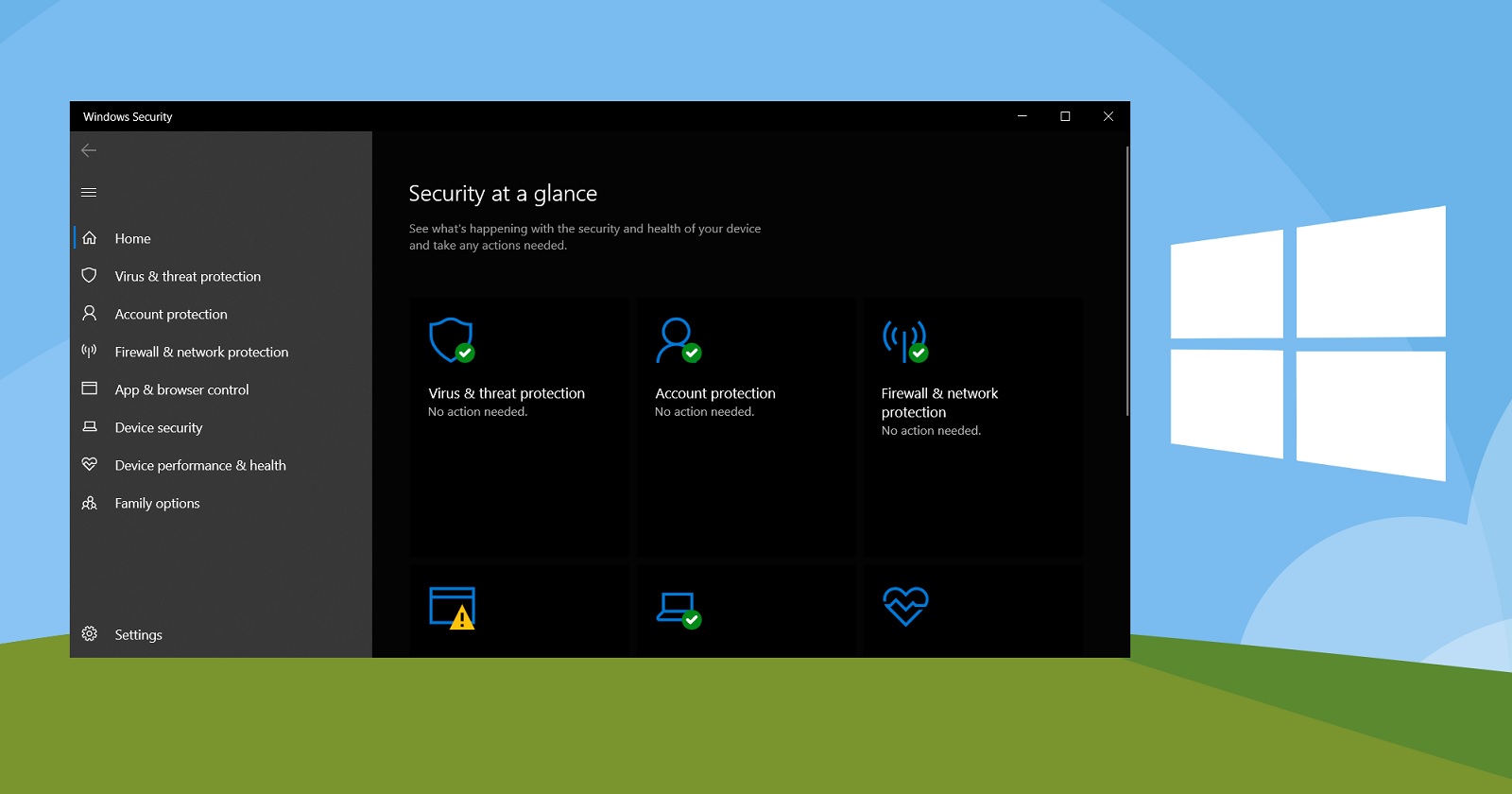


That can come in the form of either Microsoft’s Defender for Endpoint or another third-party antivirus software for Windows. However, Windows Defender lacks endpoint protection and response, as well as automated investigation and remediation, so more antivirus software is necessary. Windows Defender scans a user’s email, internet browser, cloud, and apps for the above cyberthreats. Windows Defender, also called Microsoft Defender Antivirus, provides real-time protection against: Norton Quick Scan Completed Windows Defender / Microsoft Defender Antivirus If there are, knowing what they are will help you choose the best cybersecurity tools to fill the spaces. Let’s look under the hood of the built-in software and see if there are any gaps in its protection. Click on Virus & threat protection as shownĥ.View Packages What Comes With Windows Defender Antivirus?Īlthough we recommend getting third-party antivirus software, Windows Defender Antivirus offers basic protection against malware. Please proceed to next step to enable Windows Defender, to keep your personal computer safe.Ĥ.

No tick: No antivirus present and Windows Defender is not enabled in your computer. Enabling of Windows Defender is not necessary as your computer is protected by Windows Defender. Green tick: An antivirus program is present and running in your computer. On the Windows Security screen, check if any antivirus program has been installed and running in your computer. Scroll down and click Windows Security to open the application.ģ. Click the windows logo in the bottom left corner of the screen. The Start menu will pop up.Ģ. NOTE: Windows Defender cannot be enabled when another anti-virus is installed, e.g. You may learn more about Windows Defender from Microsoft website. Its' component includes anti-virus, anti-malware, firewall and more, to keep your personal computer safe. Microsoft Defender is a component of Microsoft Windows 10 to delivers comprehensive, built-in and ongoing security protections.


 0 kommentar(er)
0 kommentar(er)
